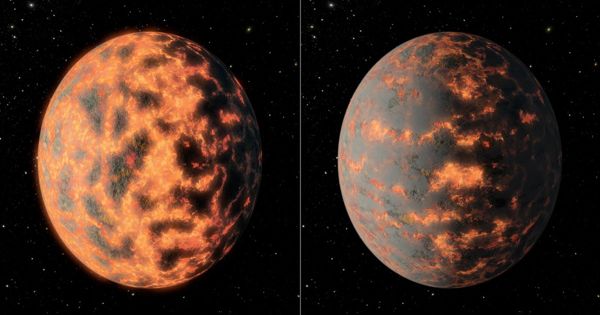NGC 281, IC 11, or Sh2-184 is a brilliant emission nebula in the northern constellation of Cassiopeia that is part of the Milky Way’s Perseus Spiral Arm. Pacman Nebula is a huge emission nebula that appears near the orange giant Schedar in the constellation Cassiopeia. This 20×30 arcmin nebulosity is also related to the open cluster IC 1590, many Bok globules, and the multiple star B 1.
It forms Sh2-184 as a whole, covering an area of 40 arcmin. A recent distance measured from radio parallaxes of water masers at 22 GHz made in 2014 is 2.82±0.20 kpc. (9200 ly.) from us. The nebula is about 9,200 light years away and takes up 35 arcminutes of visible sky. Sharpless 184 (Sh2-184) is another name for IC 11. The Pacman Nebula was named after Pac-Man, the character from the popular 1980s maze video game. A dark dust lane forms the Pac-Man’s mouth in optical pictures.
- Location: It is located in the constellation Cassiopeia in the northern celestial hemisphere. This easy-to-recognize constellation is formed like the letters “W” or “M,” depending on its orientation in the sky.
- Appearance: This nebula is named after the iconic video game figure Pac-Man, as seen in pictures, with a center “mouth” and a round “head.” It is a massive, complicated emission nebula with a diameter of many light-years.
- Emission Nebula: It is categorized as an emission nebula because it is mostly formed of ionized hydrogen gas, which emits light at many wavelengths across the electromagnetic spectrum, including the red, green, and blue. The radiation from surrounding young, hot stars is usually responsible for the ionization.
- Star Formation: It is also associated with ongoing star formation. Within its clouds of gas and dust, new stars are being born. These young stars emit intense ultraviolet radiation that ionizes the surrounding gas, causing it to glow and create the nebula’s beautiful appearance.
- Distance: The distance to NGC 281 from Earth is estimated to be around 9,200 light-years.
Edward Emerson Barnard discovered the nebula in August 1883, describing it as “a large faint nebula, very diffuse”. Multiple star ‘B 1’ or β 1 was later discovered by S. W. Burnham, whose bright component is identified as the highly luminous O6 spectral class star, HD 5005 or HIP 4121. It consists of an 8th-magnitude primary with four companions at distances between 1.4 and 15.7 arcsec. There has been no appreciable change in this quintuple system since the first measures were made in 1875.
The Pacman Nebula has a diameter of 48 light years. It is a star-forming zone with young stars, dark dust lanes, and Bok globules. Bok globules are compact, dense dark nebulae that are densely packed with material from which young stars emerge. The dark dust lane extends unevenly across blazing clouds of hydrogen, and its appearance suggests that it was shaped by a big star hidden behind the dark clouds in the backdrop.
















